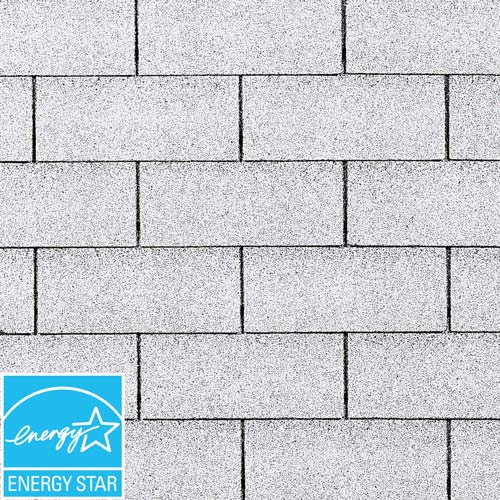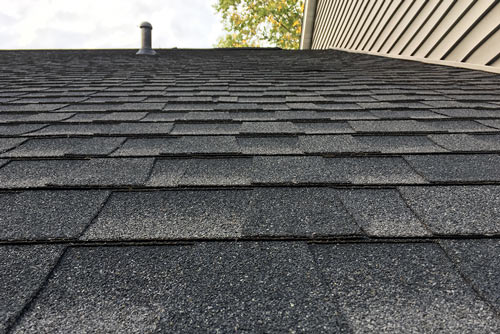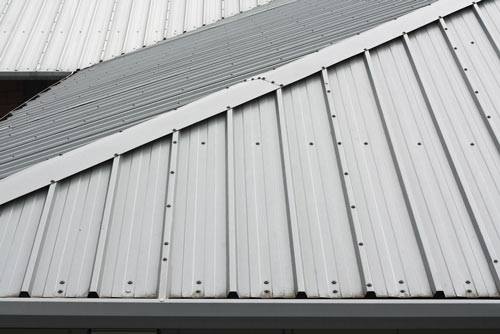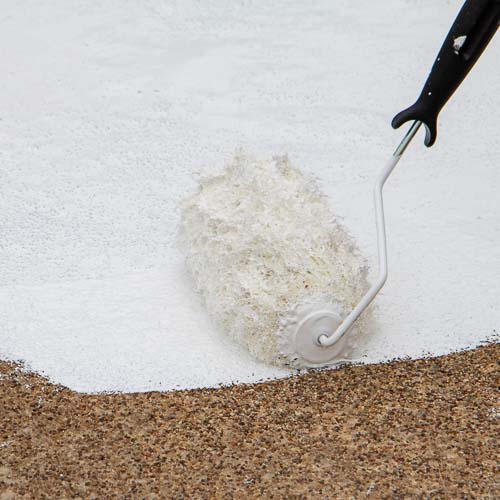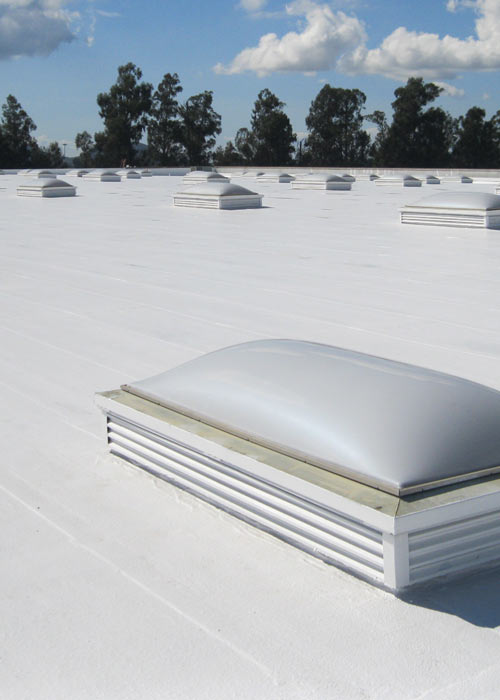Cool Roof Technology
Published: 06/24/2019
Though the tech was researched and developed in the 1980s, cool roof systems did not gain a lot of traction among builders and developers until around 2001. This energy-saving technology continues to become more popular as the weather heats up – especially important in South Florida, as daily 90-degree-plus temperatures drive AC costs through the (traditional) roof.
What is a “cool roof”?
The US Department of Energy defines a cool roof as one that has been designed to reflect more sunlight and absorb less heat than a standard roof.
Cool roof technology can include highly reflective paint, tiles, shingles or sheet covering. The coatings consist of white or other reflective pigments that bounce UV light and heat off your home, rather than absorbing it, like traditional methods of roofing can. A cool roof, at its most efficient, can reflect up to 65% of the solar energy, versus the average 5-15% that traditional dark roofing reflects. Cool roof coatings may also offer protection against water, aging and damage.
Why is cool roof technology important?
Traditional roofs are built with dark, non-reflective materials. Because of this, they absorb heat, causing rooftop temperatures to rise significantly above the ambient air temperature. In urban and suburban areas, this collective rise causes “heat islands,” or average air temperatures that become notably higher than those of surrounding areas. Cool roof systems reflect solar heat and radiate it back into the atmosphere; this technique helps to prevent heat islands and create a cooler indoor ambient temperature, as well as reduce the strain on the electrical grid during peak power usage times and lower individual energy costs.
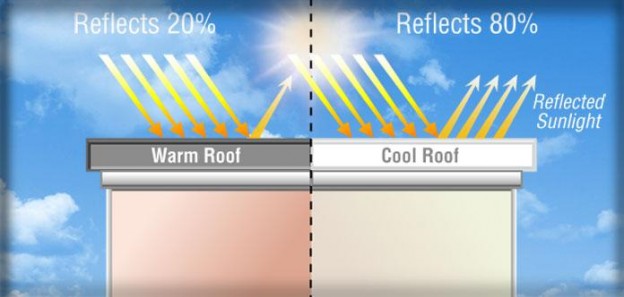
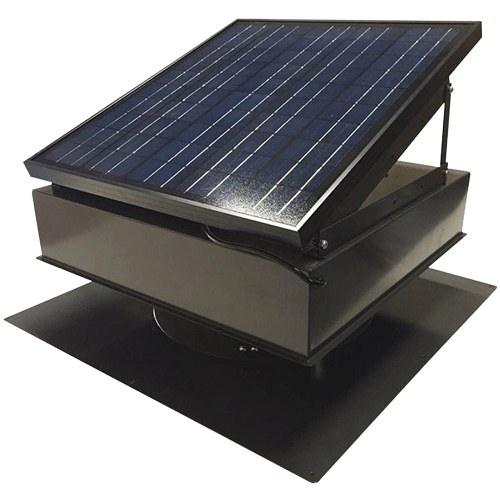
Solar Attic Fans
These renewable energy ventilation fans are a great addition to a cool roof. By removing heat and controlling moisture, the fans work to keep your HVAC system working efficiently and at low capacity. In turn, you get lower utility bills and a longer roof life.
AKVM offers the following profile types for solar attic fans:
- Low Profile
- High Profile
- Pitched
- Tile Roofs
Solar Attic Fans come in a variety of options to meet your needs and budget. Because these fans are use renewable energy and help lower overall energy usage, they also qualify for a Federal Tax Credit.
Contact AKVM if you are interested in getting cool roof technology for your home or business.

